5. Terré M, Pedrals E, Dalmau A, Bach A. What do preweaned and weaned calves need in the diet: A high fiber content or a forage source? J Dairy Sci 2013; 96:5217–25.
https://doi.org/10.3168/jds.2012-6304


7. Beiranvand H, Khani M, Omidian S, Ariana M, Rezvani R, Ghaffari MH. Does adding water to dry calf starter improve performance during summer? J Dairy Sci 2016; 99:1903–11.
https://doi.org/10.3168/jds.2015-10004


8. Castells L, Bach A, Aris A, Terré M. Effects of forage provision to young calves on rumen fermentation and development of the gastrointestinal tract. J Dairy Sci 2013; 96:5226–36.
https://doi.org/10.3168/jds.2012-6419


9. Suárez BJ, Reenen CG, Stockhofe N, Dijkstra J, Gerrits WJJ. Effect of roughage source and roughage to concentrate ratio on animal performance and rumen development in veal calves. J Dairy Sci 2007; 90:2390–403.
https://doi.org/10.3168/jds.2006-524


21. NRC. Nutrient requirements of dairy cattle: Seventh Revised Edition 2001. National Research Council, Washington DC, USA: The National Academies Press; 2001.
22. Hewitt A, Olchowy T, James A, Ranjbar S, Soust M, Alawneh JI. Linear body measurements and productivity of subtropical Holstein–Friesian dairy calves. Aust Vet J 2020; 98:280–9.
https://doi.org/10.1111/avj.12950


24. Li L, He Y, Rahman MAU, Cao B. Effects of different dietary energy and rumen-degradable protein levels on rumen fermentation, nutrients apparent digestibility and blood biochemical constituents of Chinese Crossbred Yellow bulls. Pak Vet J 2014; 34:367–71.
27. Beiranvand H, Ghorbani GR, Khorvash M, et al. Interactions of alfalfa hay and sodium propionate on dairy calf performance and rumen development. J Dairy Sci 2014; 97:2270–80.
https://doi.org/10.3168/jds.2012-6332


28. Chen T, Xiao J, Li T, et al. Effect of the initial time of providing oat hay on performance, health, behavior and rumen fermentation in Holstein female calves. Agriculture 2021; 11:862
https://doi.org/10.3390/agriculture11090862

34. Castillo-Lopez E, Haselmann A, Petri RM, Knaus W, Zebeli Q. Evaluation of fecal fermentation profile and bacterial community in organically fed dairy cows consuming forage-rich diets with different particle sizes. J Dairy Sci 2020; 103:8020–33.
https://doi.org/10.3168/jds.2019-18036


37. Bach A, Lopez-Garcia A, Gonzalez-Recio O, et al. Changes in the rumen and colon microbiota and effects of live yeast dietary supplementation during the transition from the dry period to lactation of dairy cows. J Dairy Sci 2019; 102:6180–98.
https://doi.org/10.3168/jds.2018-16105


41. Mu Y, Qi W, Zhang T, Zhang JY, Mei SJ, Mao SY. Changes in rumen fermentation and bacterial community in lactating dairy cows with subacute rumen acidosis following rumen content transplantation. J Dairy Sci 2021; 104:10780–795.
https://doi.org/10.3168/jds.2021-20490




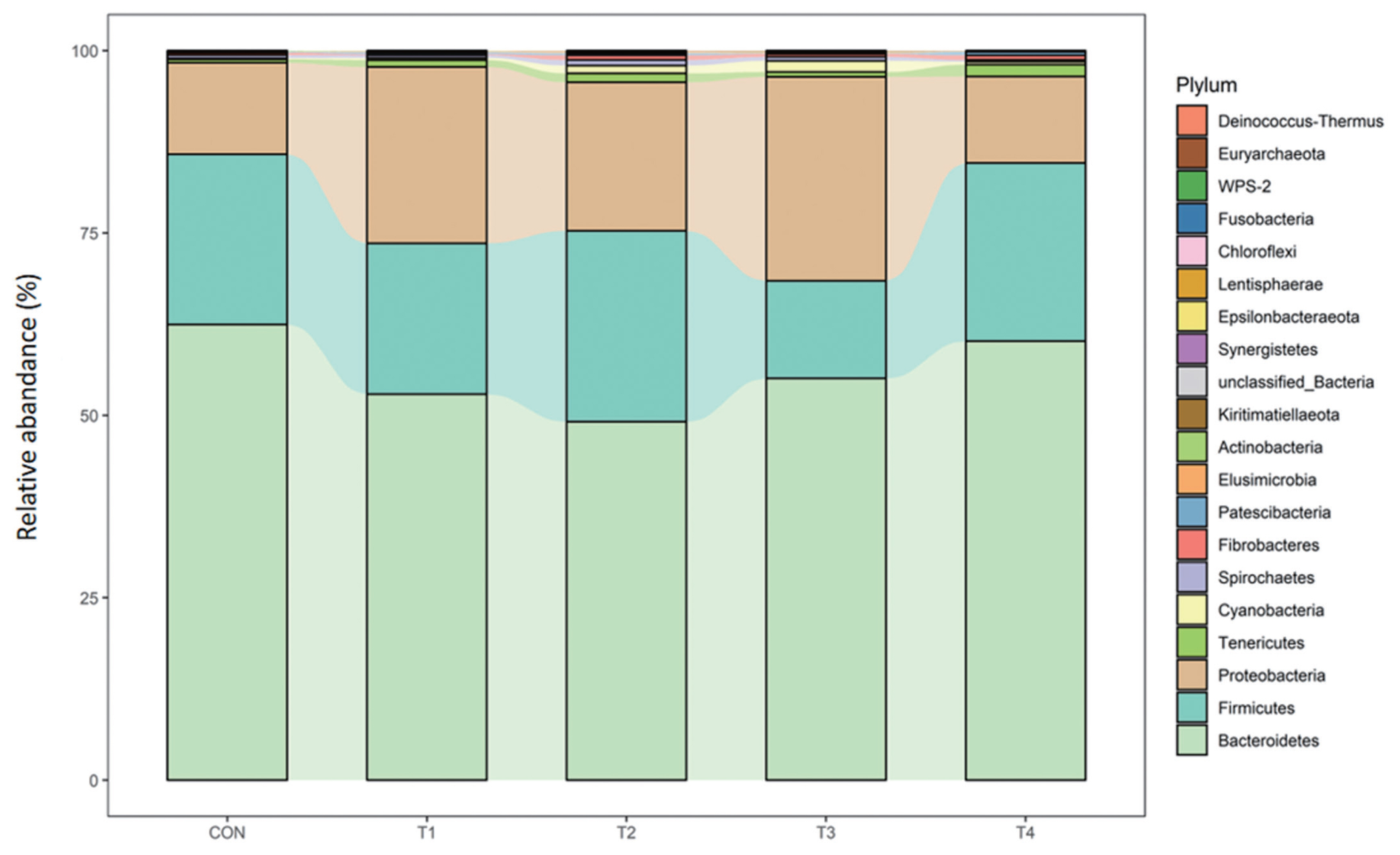
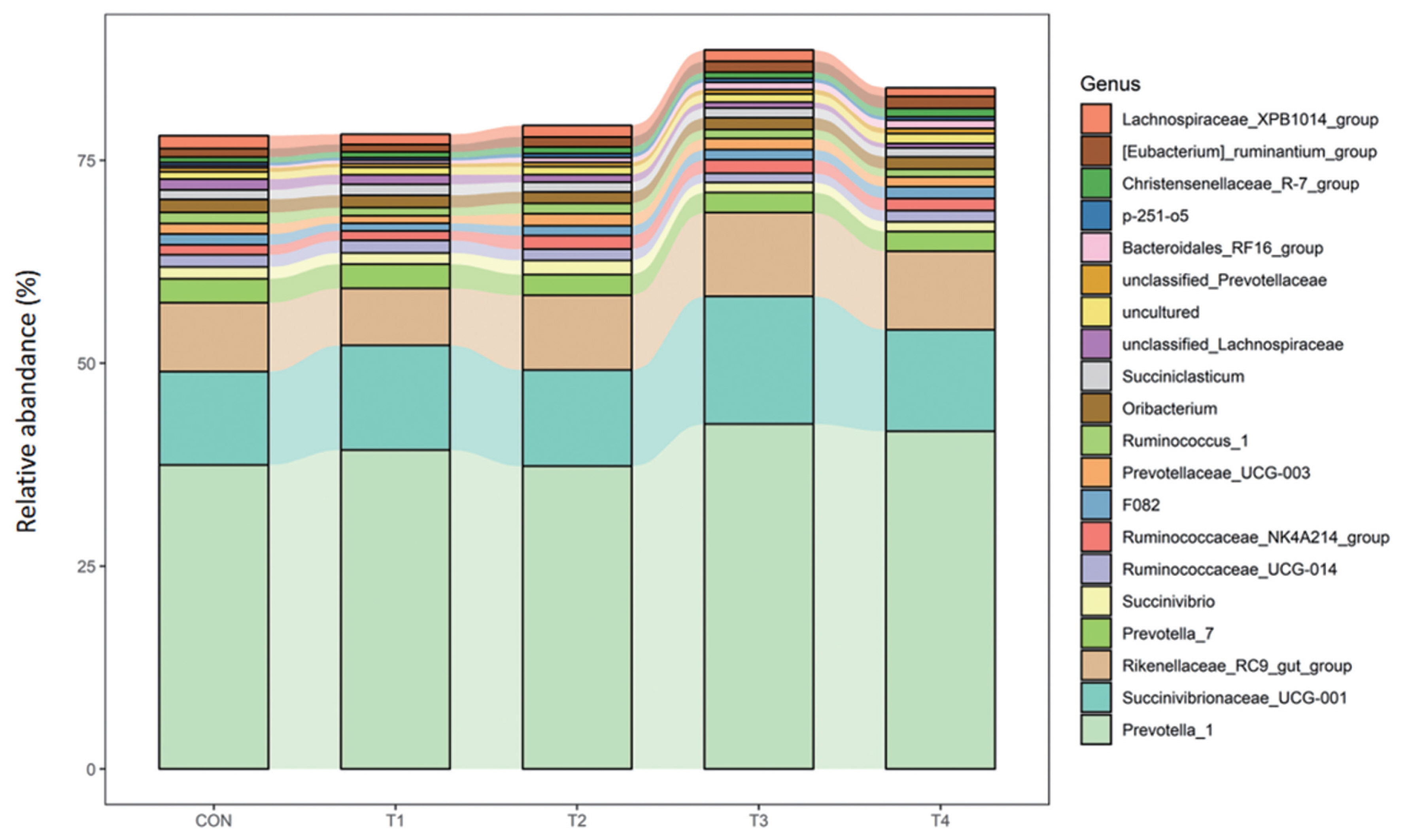
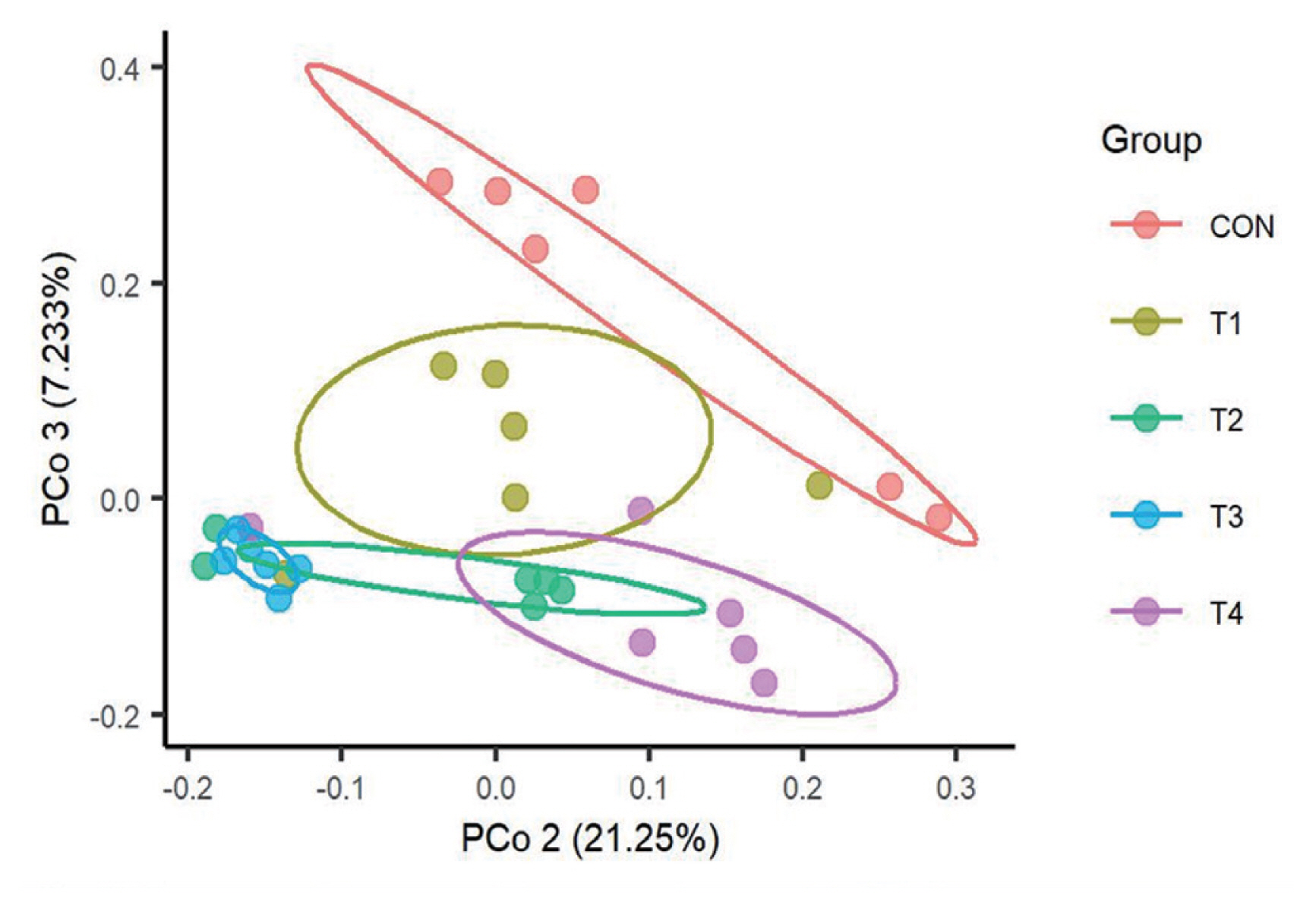
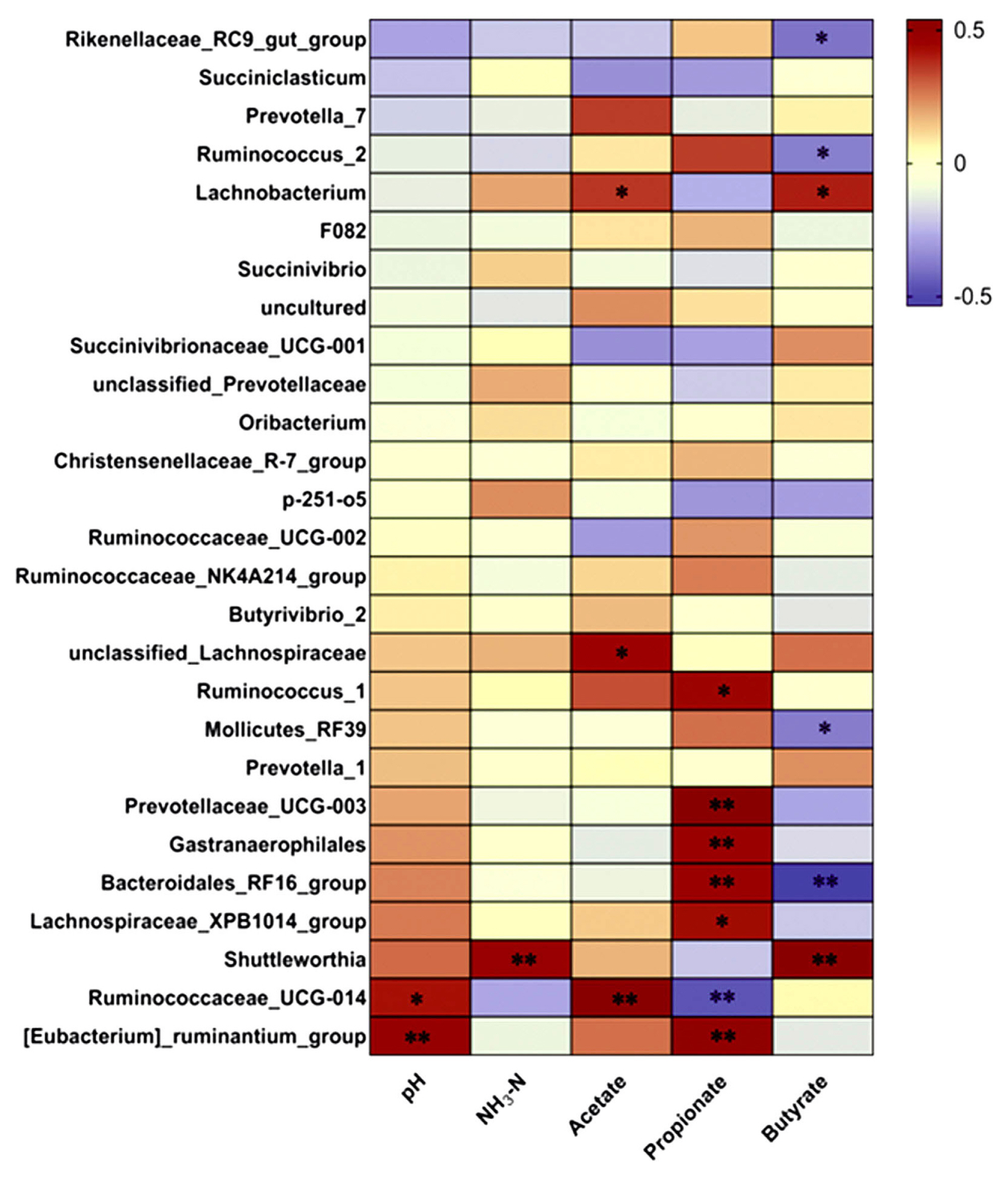
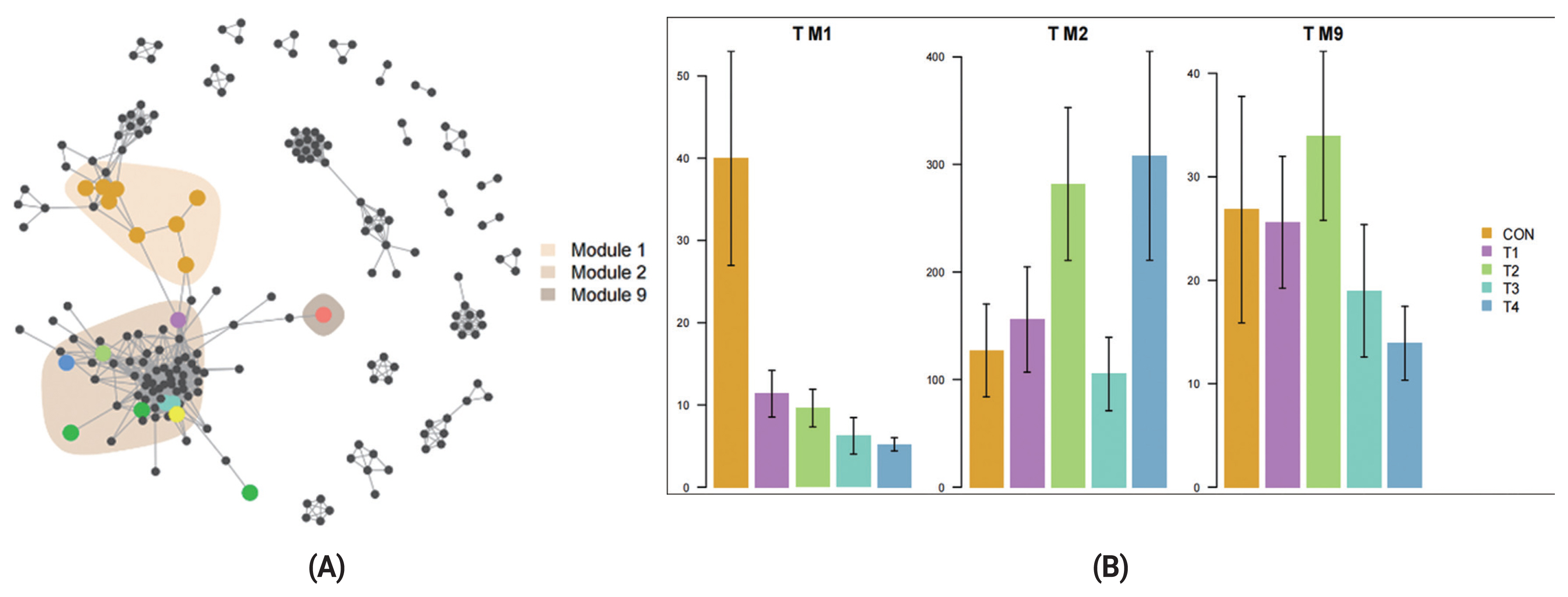






 PDF Links
PDF Links PubReader
PubReader ePub Link
ePub Link Full text via DOI
Full text via DOI Download Citation
Download Citation Print
Print





